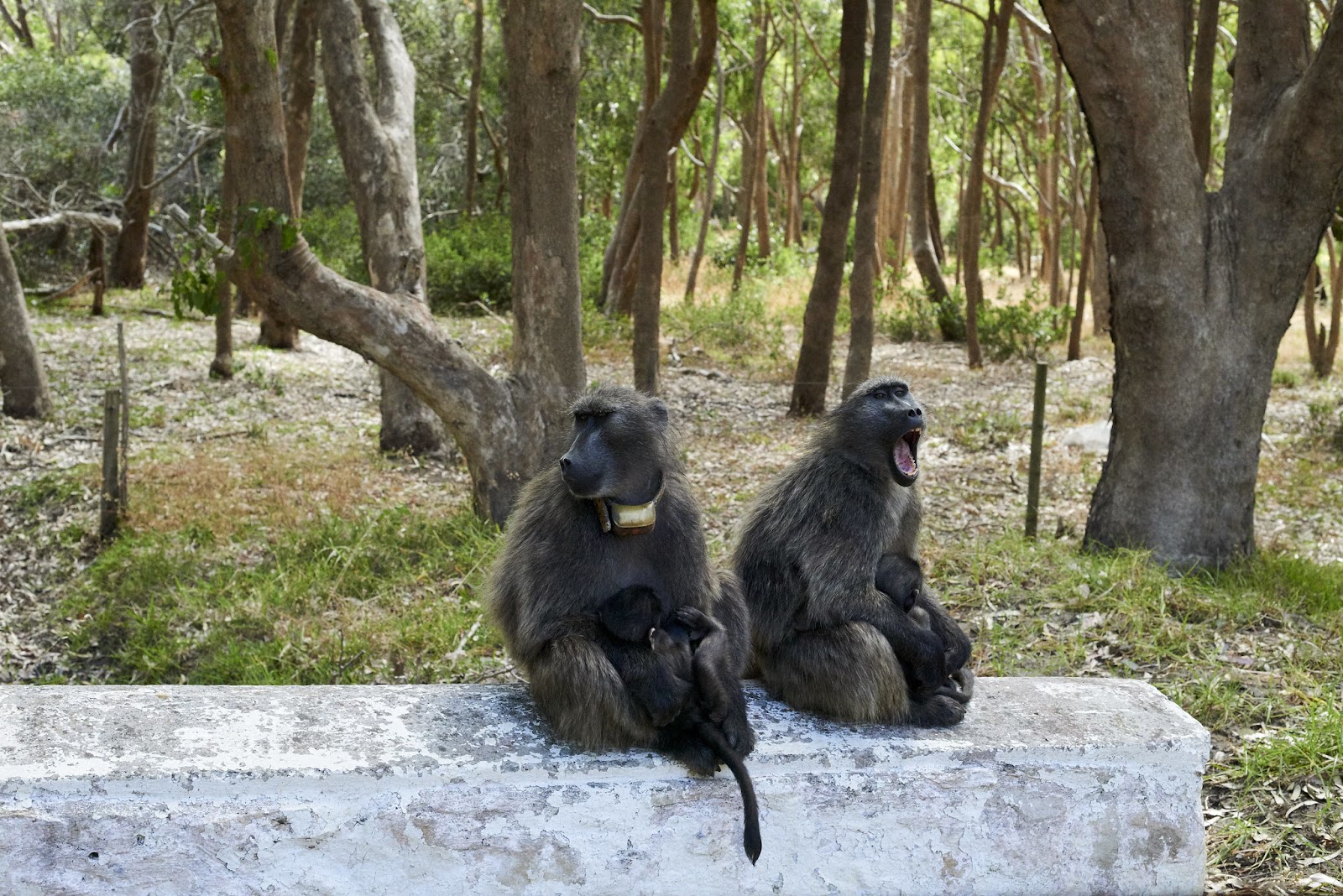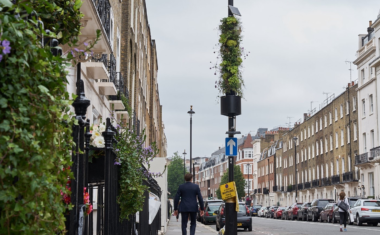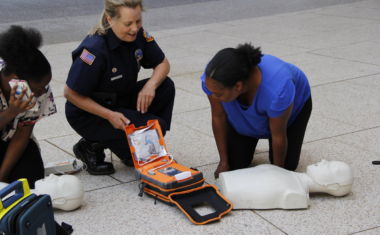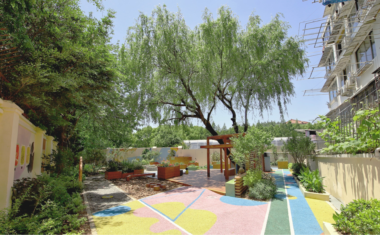City’s Baboon Programme
- 2402
- 6 min to read

Cape Town, South Africa
About the city. Cape Town is famous for its baboons. Animals play a significant role in Cape Town`s natural ecosystem. For example, the Chacma baboon, an icon of the Cape Peninsula, forms part of the city’s biodiversity and natural heritage.
Goal
The main goal is to prevent baboons from entering urban areas, to maintain a sustainable baboon population on the Peninsula due to features of the neighbourhood of animals with people and the city.
Implementation period. According to available data, the program was launched in 1998.
Fact
Culling was abandoned as a method because it was pushing the baboon population toward total local extinction. Moreover, the peninsula’s baboons are extremely vulnerable and are surrounded by human habitation. It can threaten their genetic diversity.
Solutions
The problem occurred due to the natural habitat of baboons. Animals in search of food could cause damage to people, pets and the city, and some people could even kill baboons for their own protection. All this led to the gradual disappearance of baboons as a species.
What has been done?
Many other companies were involved: CapeNature, SANParks, Cape of Good Hope SPCA and the University of Cape Town’s Institute for Communities and Wildlife in Africa. This collective is known as the Baboon Technical Team. This group advises the authorities on the most beneficial ways to control baboons living in nature.
The city was equipped with the following technologies:
- baboon field rangers are trained in field techniques, public education and law enforcement;
- field rangers are equipped with aversion tools to discourage baboons from foraging in suburbs and recreational areas;
- electrified fence barriers are used where possible to allow baboons to live peacefully next to suburbs.
Moreover, the following service is now available to residents. A new management technique that allows managers to monitor baboons remotely is proving very successful in reducing human/baboon conflict. The virtual fence consists of audio speakers that emit the sound of a predator, such as a lion, when a baboon troop enters a specific zone near the residential area. Also, previously, people could feed the animals themselves and attract them to the city. Now feeding baboons is prohibited by law.
Team
The City of Cape Town. CapeNature, SANParks, Cape of Good Hope SPCA and the University of Cape Town’s Institute for Communities and Wildlife in Africa, NCC.
Challenges
- Despite the measures, some aggressive baboons had to be euthanized. Between 2009 and 2018, 75 baboons were euthanized under the protocol, 44 of which were aggressive habitual raiders.
- The city also faced the problem of waste management. To implement the City’s baboon programme, it is also important to pay attention to the disposal of garbage. Baboons are attracted to garbage dumps when they are in search of food. But now work on this problem is already underway: amendments to existing bylaws should be managed in baboon-affected areas and help enforce proper practices.
Timeline
The number of baboons has increased from 248 in 2006 to 445 in 2020. This is an increase of 197 baboons within 14 years. Remarkable that this is the equivalent of six new troops with an average of 30 baboons living alongside Cape Town`s suburbs. The City’s Baboon Programme is already recognised and Israel, the United Kingdom, Australia and Saudi Arabia are replicating the programme’s methodology.
As a result, the increase in the baboon population affirms the City’s approach.
If you notice an error or inaccuracy in our editorials, please email [email protected] so we can look into it.





